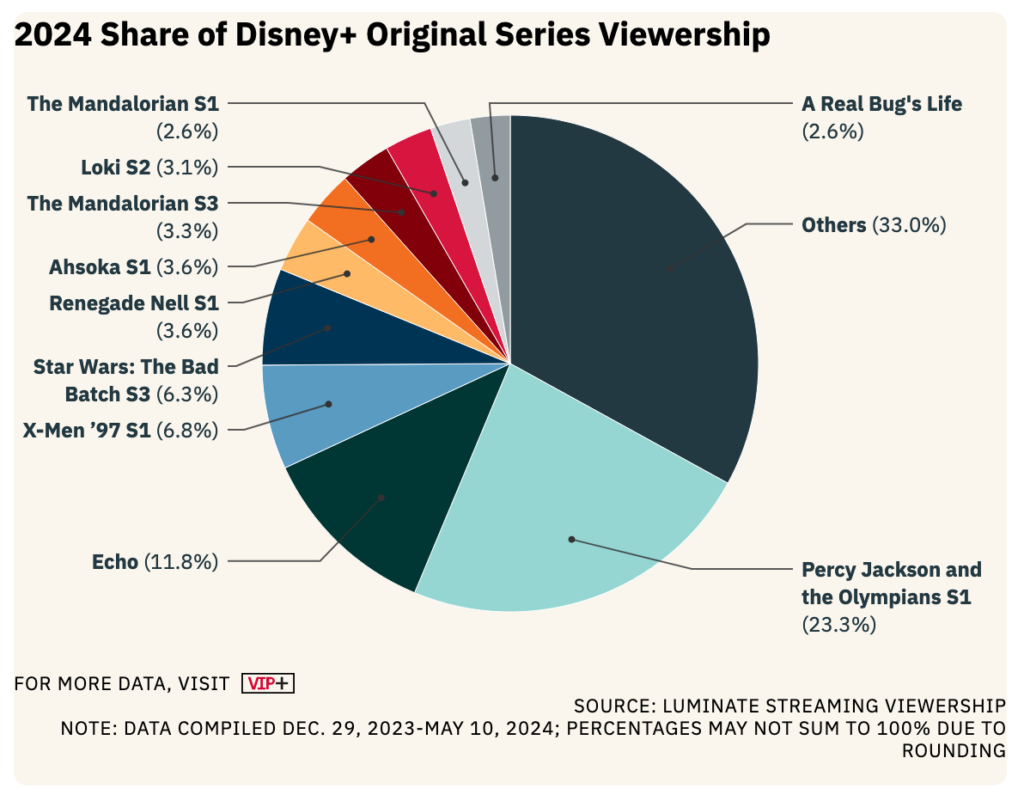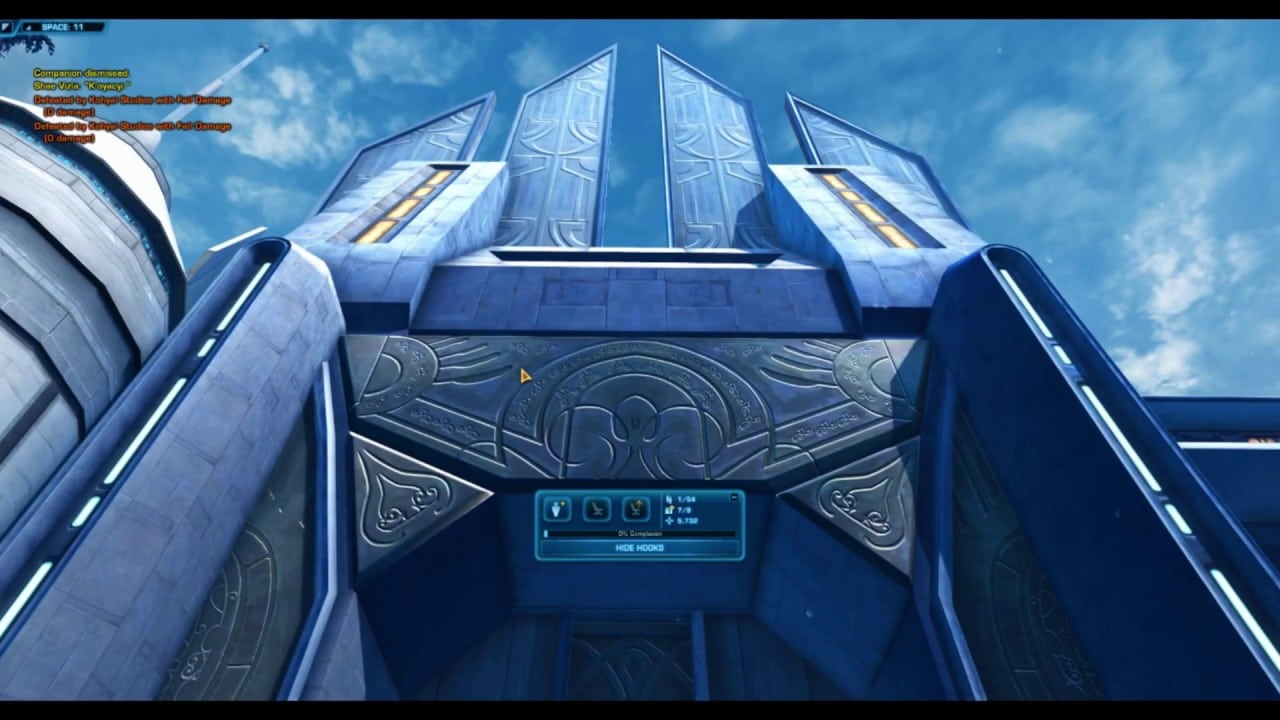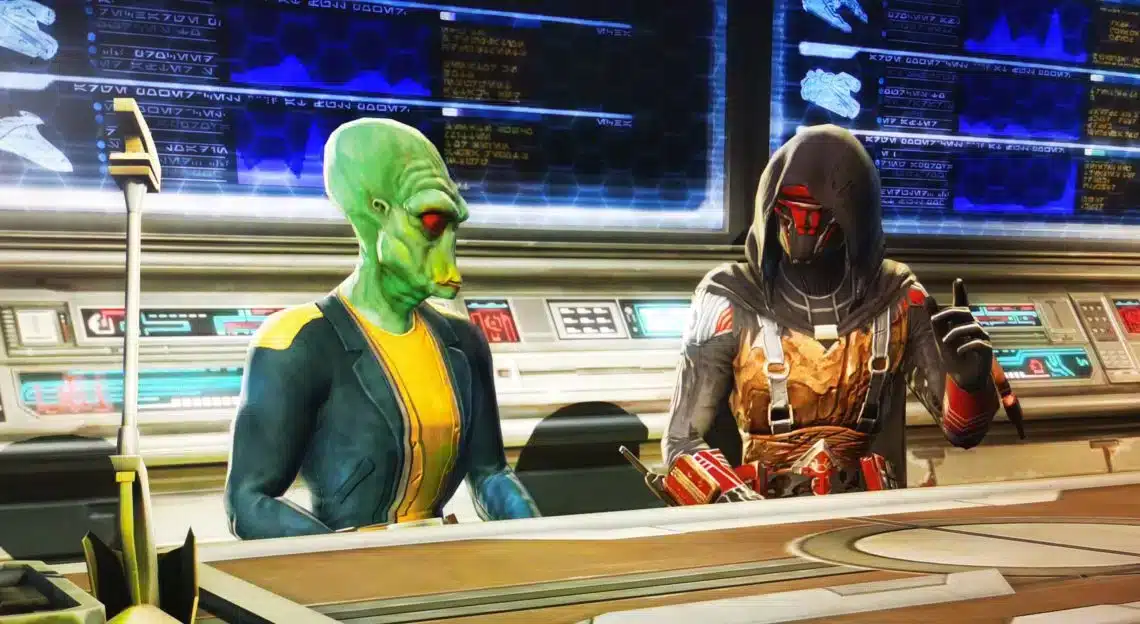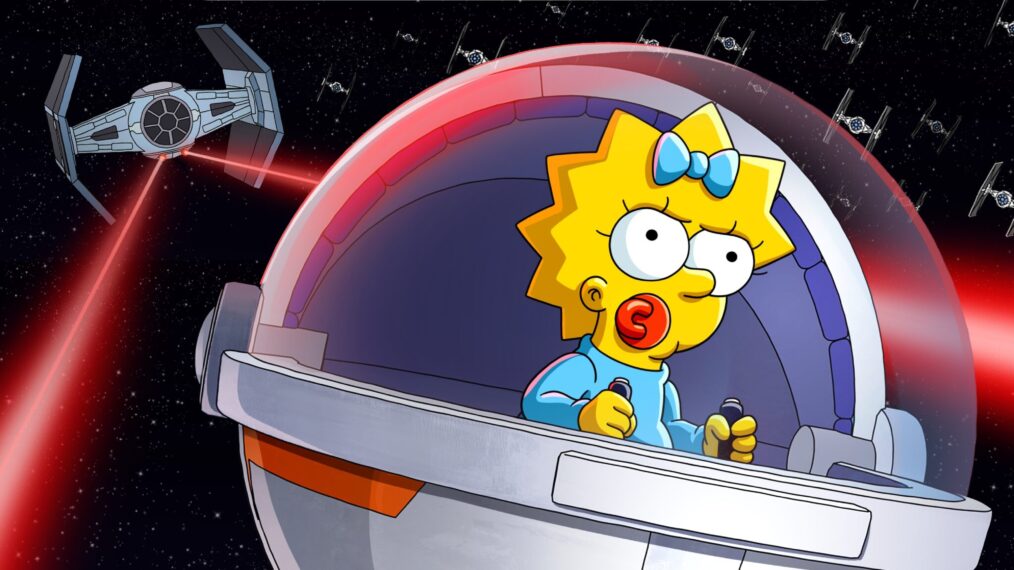Star Wars has been a cultural phenomenon since its debut in 1977, captivating audiences with its epic storytelling, memorable characters, and groundbreaking special effects. Despite its long-standing popularity, recent data reveals a nuanced picture: while the franchise remains in high demand, the future of its television series is shrouded in uncertainty. This article delves into the details of the latest data and what it could mean for the future of Star Wars on the small screen.
The Enduring Popularity of Star Wars
Recent data highlights that Star Wars continues to be a powerhouse in entertainment. The franchise’s enduring appeal spans generations, thanks to its compelling lore, beloved characters, and expansive universe.
High Demand for Star Wars Content
According to the latest reports, Star Wars remains one of the most in-demand franchises globally. This high demand is driven by a combination of nostalgic appeal and the franchise’s ability to reinvent itself for new audiences. Whether through movies, animated series, or merchandise, Star Wars continues to capture the imagination of fans old and new.
Success of Recent Projects
Recent projects like “The Mandalorian” and “Andor” have played a significant role in sustaining interest in the franchise. The Mandalorian” introduced audiences to new characters like Din Djarin and the fan-favorite Grogu, while “Andor” provided a deeper look into the rebellion against the Empire. These series have been praised for their storytelling, production quality, and ability to expand the Star Wars universe.

Uncertain Future for Star Wars TV Series
Despite the overall demand, the future of Star Wars television series appears uncertain. Several factors contribute to this uncertainty, ranging from production challenges to strategic shifts within the entertainment industry.
Production Challenges and Delays
Producing high-quality television series set in the Star Wars universe is no small feat. The intricate special effects, detailed sets, and complex storylines require significant time and resources. Recent projects have faced delays and challenges, which have raised concerns about the feasibility of maintaining a steady stream of new content.
Strategic Shifts at Disney
Disney, the parent company of Lucasfilm, has been reevaluating its content strategy in response to changing market dynamics. With the success of streaming platforms, Disney is focusing on balancing its content portfolio between blockbuster films and television series. This strategic shift may impact the frequency and scale of future Star Wars TV projects.
Viewer Fatigue and Franchise Management
Another consideration is the potential for viewer fatigue. While the Star Wars universe is vast, there is a risk that too much content too quickly could dilute the brand. Managing the franchise carefully to maintain its allure and ensuring that each new project brings fresh and compelling stories are crucial for its long-term success.
Potential Future Directions
Despite the uncertainties, there are several potential directions for the future of Star Wars television series.
Exploring New Eras and Characters
One way to keep the franchise fresh is to explore new eras and characters within the Star Wars timeline. Projects like “The High Republic,” set centuries before the Skywalker saga, offer opportunities to delve into unexplored periods of the Star Wars universe. Introducing new characters and storylines can rejuvenate interest and attract diverse audiences.
Leveraging Animated Series
Animated series have been a successful component of the Star Wars franchise, with shows like “The Clone Wars” and “Rebels” receiving critical acclaim. Continuing to develop high-quality animated content can provide a steady stream of engaging stories while balancing the production demands of live-action series.
Interactive and Immersive Experiences
With advancements in technology, there is potential for Star Wars to expand into interactive and immersive experiences. Virtual reality (VR) and augmented reality (AR) platforms could offer fans new ways to engage with the Star Wars universe, providing unique and personalized experiences.
Conclusion: Navigating the Future of Star Wars TV
Star Wars remains a beloved and in-demand franchise, but the future of its television series is marked by uncertainty. Production challenges, strategic shifts, and the risk of viewer fatigue are significant factors that Lucasfilm and Disney must navigate. By exploring new eras, leveraging animated content, and embracing interactive experiences, the Star Wars franchise can continue to thrive on the small screen.
As fans eagerly await the next chapter in the Star Wars saga, the franchise’s ability to adapt and innovate will be key to sustaining its legendary status in the ever-evolving entertainment landscape.
FAQs
Why is Star Wars still in high demand? Star Wars remains in high demand due to its rich lore, beloved characters, and ability to reinvent itself for new audiences through various media.
What recent Star Wars TV series have been successful? Recent successful series include “The Mandalorian” and “Andor,” both praised for their storytelling and production quality.
Why is the future of Star Wars TV series uncertain? The future is uncertain due to production challenges, strategic shifts at Disney, and concerns about potential viewer fatigue.
What are some potential directions for future Star Wars TV series? Future directions include exploring new eras and characters, continuing high-quality animated series, and expanding into interactive experiences like VR and AR.
How can Star Wars avoid viewer fatigue? Star Wars can avoid viewer fatigue by carefully managing the frequency of new content, ensuring high-quality storytelling, and introducing fresh and compelling narratives.
What role can animated series play in the future of Star Wars? Animated series can provide a steady stream of engaging stories, balancing the production demands of live-action series and keeping the franchise vibrant.







